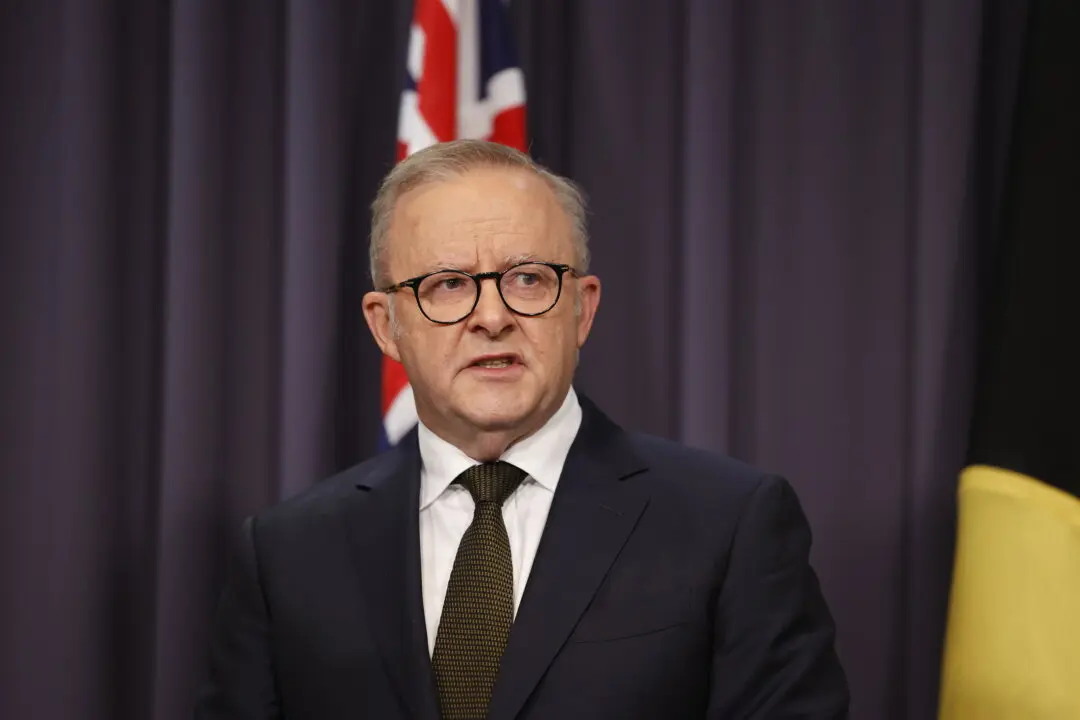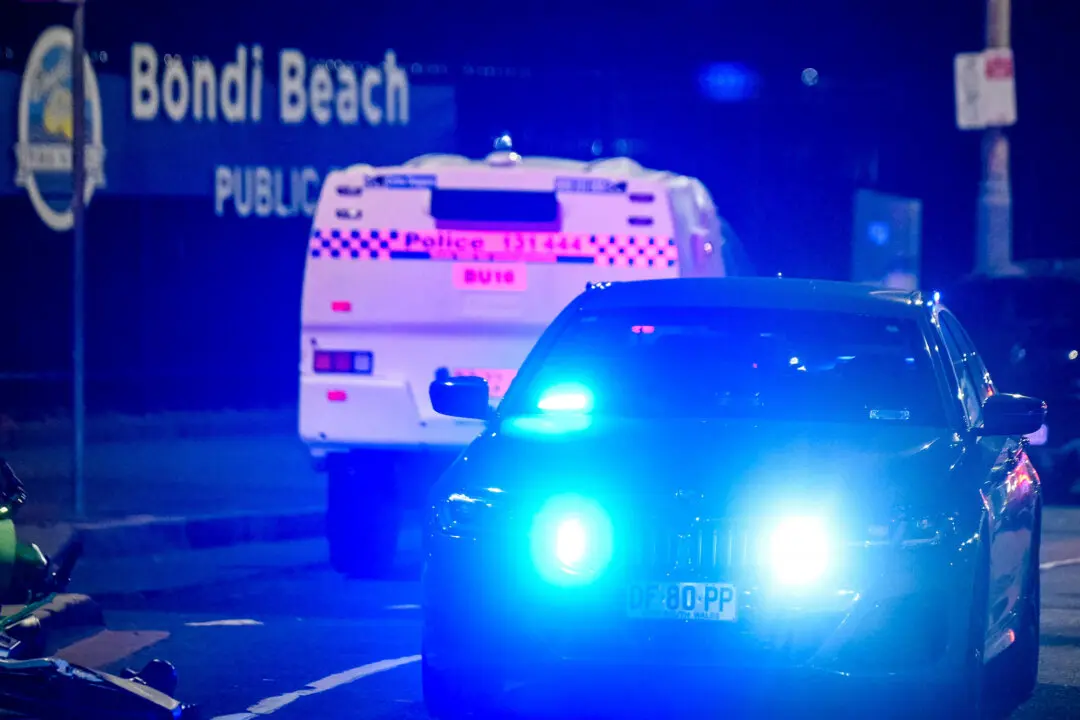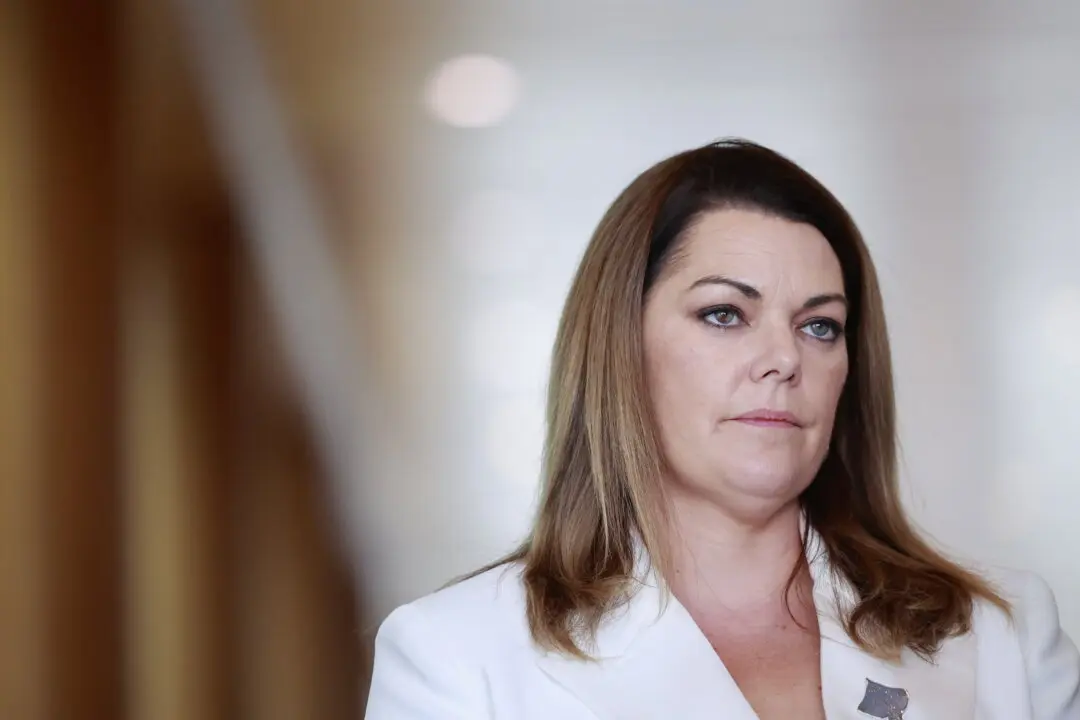Victoria is grappling with its most severe rental stock decline since 1999, driven by an accelerating sell-off of investment properties.
Recent data from the Department of Families, Fairness and Housing reveals a major drop in active rental bonds—from over 676,400 in June 2023 to around 654,700 by mid-2024.





